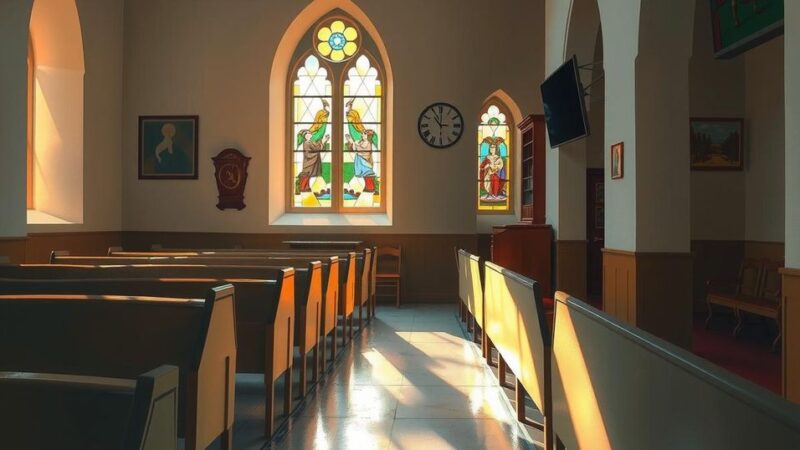The LSST camera, the world’s largest digital camera, has been installed in Chile and is set to transform astronomical studies. Funded by U.S. agencies, it includes 3 billion pixels and the largest astronomy lens, aiming to analyze various cosmic phenomena over a decade. Following rigorous testing, it will soon begin capturing images.
The world’s largest digital camera, the Legacy Survey of Space and Time (LSST) camera, has been successfully installed in Chile. This monumental piece of technology, comparable in size to a car, aims to provide unprecedented views of the universe. Project leader Aaron Roodman confirmed that the camera is officially recognized in the Guinness Book of World Records.
Located at the Vera C. Rubin Observatory, which is funded by the U.S. National Science Foundation and the U.S. Department of Energy’s Office of Science, the LSST camera boasts an impressive 3 billion pixels and features the largest lens ever constructed for astronomical use. “We like to say that we’re going to make a color movie of the entire Southern Hemisphere sky,” Roodman stated.
Over the next ten years, the LSST camera will systematically scan the sky, producing a detailed time-lapse documentation of celestial events. Roodman indicated that the observatory’s studies will focus on dark energy, dark matter, galaxy formation, and various other cosmic phenomena, including investigations of the Milky Way and the solar system.
The LSST camera, weighing 6,000 pounds, was constructed at the SLAC National Accelerator Laboratory in Menlo Park, where a diverse array of specialists collaborated on its unprecedented design and engineering. Roodman explained that custom-built components were necessary due to the camera’s scale and complexity.
Transportation of the LSST camera to Chile involved significant logistical coordination; a chartered 747 carried the camera alongside 10 truckloads of additional equipment. Following its arrival, the camera underwent thorough testing before its recent installation on the Rubin Observatory’s Simonyi Survey Telescope.
The first images from the LSST camera are expected to be available next month, with the collected data being made publicly accessible to the U.S. scientific community and selected international partners. Roodman expressed excitement regarding the potential for unanticipated discoveries, noting, “I think actually some of the most excitement will come from things that we can’t predict today because the data is so rich.” The ten-year Legacy Survey of Space and Time is anticipated to commence this fall after additional tests are completed.
The installation of the LSST camera in Chile marks a significant advancement in astronomical research, aiming to provide insights into contributing cosmic mysteries such as dark energy and dark matter. With its vast capabilities powered by a highly skilled team at SLAC National Accelerator Laboratory, this project will engage the scientific community meaningfully. As the team prepares for the initial data collection phase, the potential for groundbreaking discoveries becomes increasingly apparent, heralding a new era in our understanding of the cosmos.
Original Source: abc7news.com






